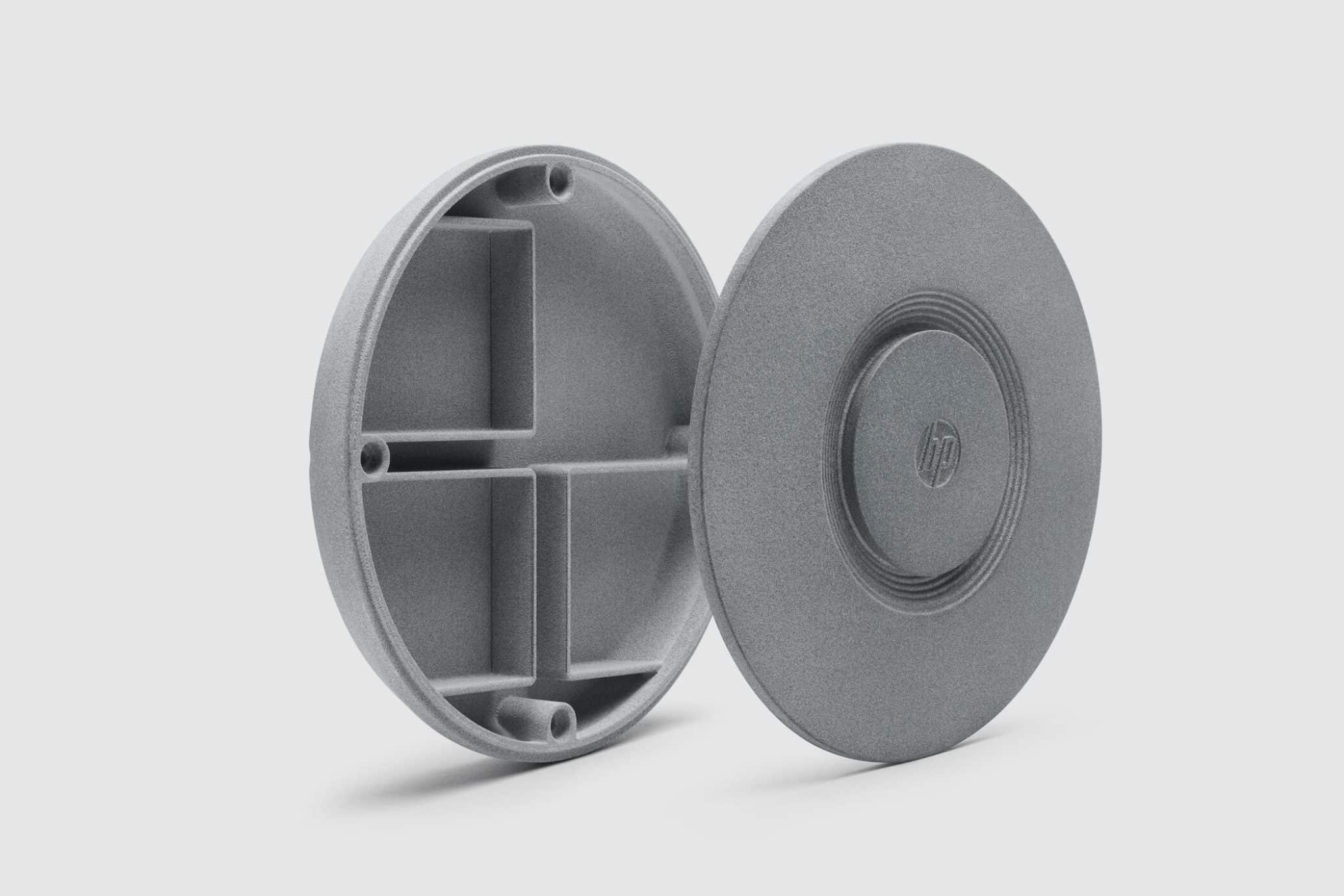Polyether Ether Ketone (PEEK)
Introduction to PEEK for 3D Printing
Polyether Ether Ketone (PEEK) is a high-performance semi-crystalline thermoplastic known for its exceptional mechanical strength, chemical resistance, and thermal stability. It is widely used in aerospace, automotive, oil & gas, and medical industries for parts requiring long-term performance in extreme environments.
Fused Filament Fabrication (FFF) and High-Temperature FDM processes are used to print PEEK components with dimensional accuracy of ±0.1 mm. Heated build chambers and nozzles exceeding 400°C are required to process this advanced polymer.
International Equivalent Grades of PEEK
Standard | Grade Code | Application Examples |
|---|---|---|
ASTM | D6262 | PEEK 450G, 450GL30 |
ISO | ISO 1043 | Unfilled or GF/CF Reinforced PEEK |
Europe | EN ISO 17410 | Industrial and medical-grade PEEK |
China | GB/T 19467 | 聚醚醚酮(PEEK) |
Comprehensive Properties of PEEK
Property Category | Property | Value |
|---|---|---|
Physical | Density | 1.30–1.32 g/cm³ |
Melting Point | ~343°C | |
Heat Deflection Temperature | ~160–170°C | |
Mechanical | Tensile Strength | 90–100 MPa |
Flexural Modulus | 3,500–4,000 MPa | |
Elongation at Break | 20% | |
Hardness (Rockwell R) | 126–130 | |
Other | Flammability | UL 94 V-0 |
Suitable 3D Printing Processes for PEEK
Process | Typical Density Achieved | Surface Roughness (Ra) | Dimensional Accuracy | Application Highlights |
|---|---|---|---|---|
≥99% | 12–18 µm | ±0.1 mm | Best for aerospace, medical implants, and high-performance tooling under load and temperature |
Selection Criteria for PEEK 3D Printing Processes
Extreme Temperature Resistance: PEEK retains strength and stability up to 250°C continuous use, making it ideal for high-temperature engine and structural parts.
Chemical & Wear Resistance: PEEK resists solvents, acids, and wear, suitable for chemical processing components and sliding surfaces under load.
Dimensional Stability: Crystalline structure and low thermal expansion enable use in precision assemblies with tight tolerance requirements.
Regulatory Compliance: Medical and food-contact grades meet ISO 10993 and FDA requirements for biocompatibility and long-term exposure.
Essential Post-Processing Methods for PEEK 3D Printed Parts
Annealing: Performed at 200–250°C to relieve residual stress and improve crystallinity for mechanical and thermal stability.
CNC Machining: Used for final finishing of holes, sealing faces, or tight tolerances (±0.02 mm) on functional mechanical components.
Polishing & Surface Finishing: Improves sealing interfaces or surface contact areas, especially for wear components or fluid transfer parts.
Plasma Treatment or Coating: Enhances surface adhesion or friction properties for tribological or bonded interfaces.
Challenges and Solutions in PEEK 3D Printing
High Processing Temperature: Requires hotend ≥400°C, bed ≥120°C, and chamber ≥100°C. Industrial-grade printers are necessary for reliable prints.
Warping and Shrinkage: Use slow cooling and uniform temperature environment to control crystalline growth and maintain dimensional integrity.
Moisture Sensitivity: Pre-dry PEEK filament at 120°C for 8 hours to prevent bubbling and internal defects during extrusion.
Applications and Industry Case Studies
PEEK is widely used in:
Aerospace: High-temp brackets, bushings, and electrical isolation components.
Medical: Spinal implants, orthopedic guides, surgical tools, and prosthetics.
Oil & Gas: Sealing rings, valve components, downhole insulation parts.
Automotive: Under-the-hood parts, brake insulators, and high-wear gears.
Case Study: A Tier-1 aerospace manufacturer 3D printed PEEK brackets that maintained dimensional tolerance within ±0.08 mm after post-annealing. The parts withstood 200°C and 10,000 fatigue cycles without failure.
Frequently Asked Questions (FAQs)
What 3D printing equipment is required to process PEEK filament effectively?
How does annealing affect mechanical and thermal performance of PEEK parts?
What are the tolerances achievable for high-precision PEEK components?
Is 3D printed PEEK suitable for regulatory medical or aerospace use?
How does PEEK compare to ULTEM or PPSU in strength and heat resistance?



